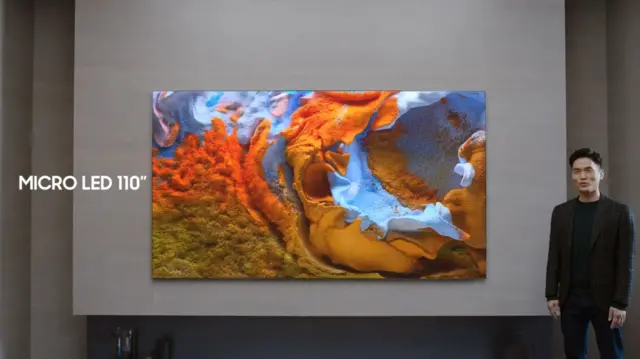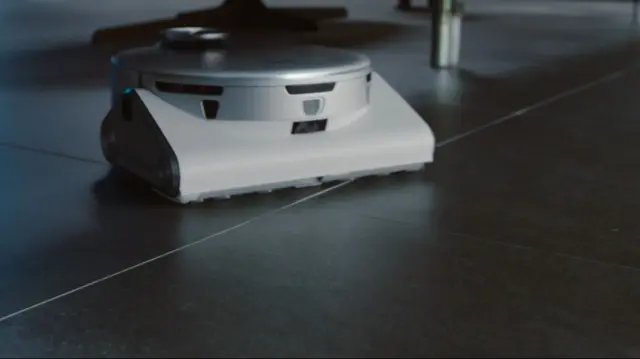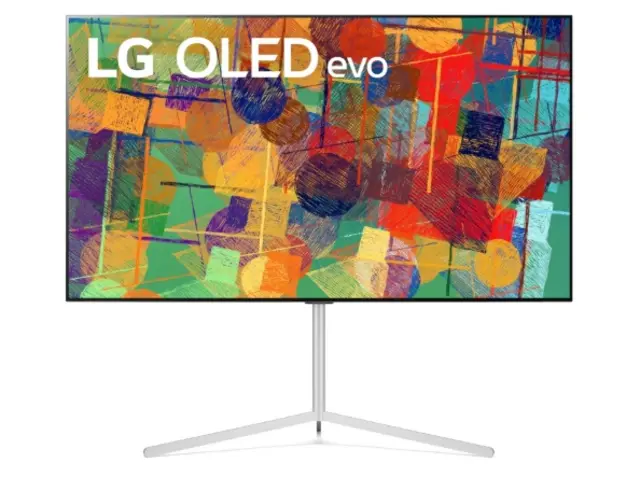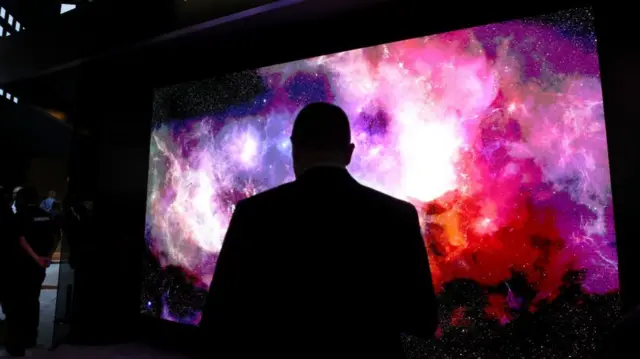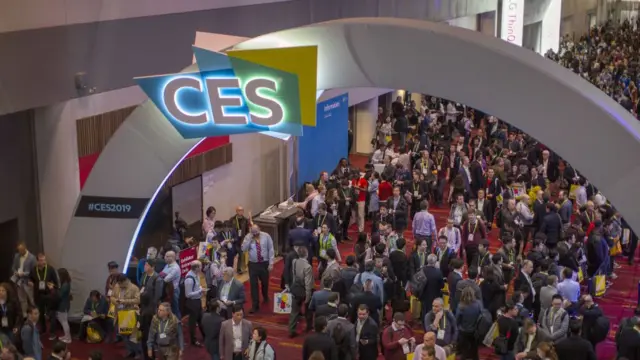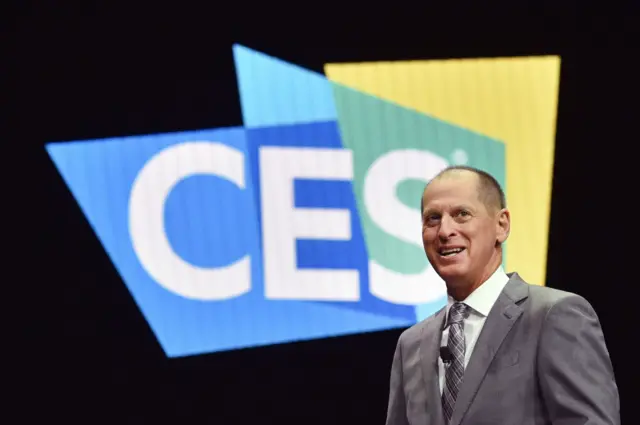Samsung showcases a "handy" home robot you can't buypublished at 15:01 GMT 11 January 2021
 Image source, CES
Image source, CESSamsung was the first big exhibitor of the day to pull off a classic CES move - showcasing technology that "could" one day be a part of our lives - while making no promises we'll ever get our hands on it.
Meet Bot Handy, a friendly robot, which turned up to offer the firm's research chief Sebastian Seung a cool glass of water.
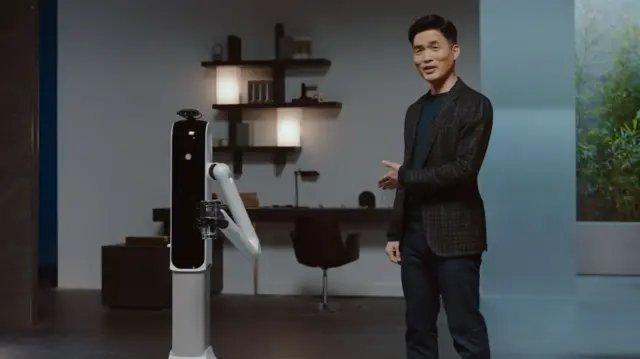 Image source, CES
Image source, CESBot Handy can both "recognise and grab objects", Mr Seung said.
"In the kitchen, in the living room, and anywhere else you may need an extra hand in your home."
It was shown stacking a dishwashers, setting the table, and pouring glasses of wine.
Allow X content?
This article contains content provided by X. We ask for your permission before anything is loaded, as they may be using cookies and other technologies. You may want to read X’s cookie policy, external and privacy policy, external before accepting. To view this content choose ‘accept and continue’.
Unfortunately, a press release noted that Bot Handy is, for now, only a "concept" and is not going on sale anytime soon.
CES is known to showcase fun, eye-grabbing robots - like last year's table-waiting robot BellaBot - which had a cat face and purred when petted.
